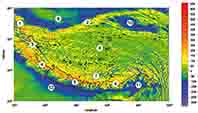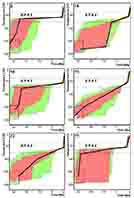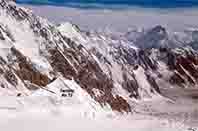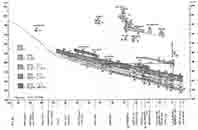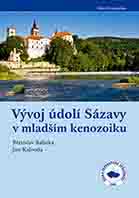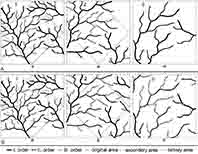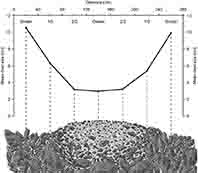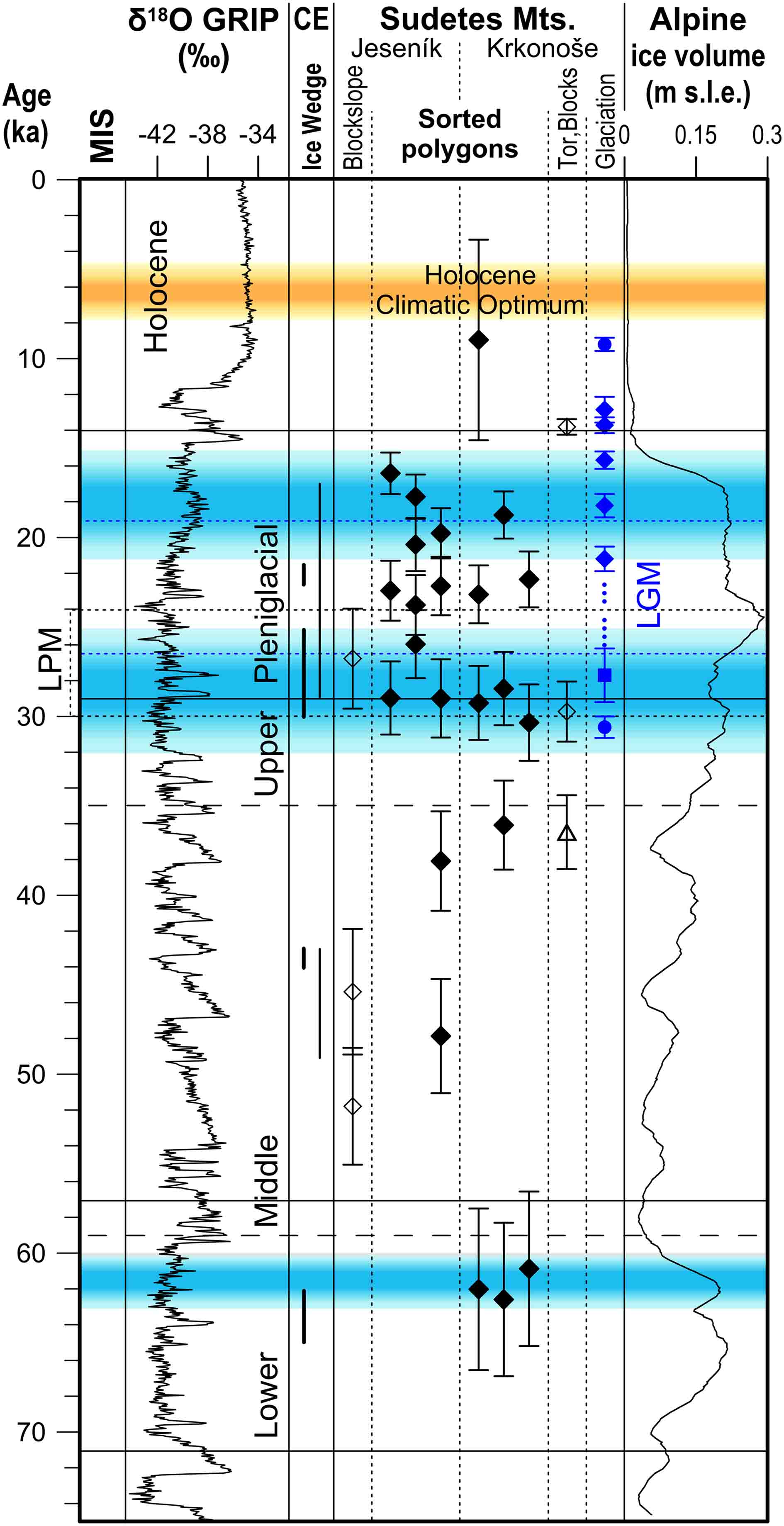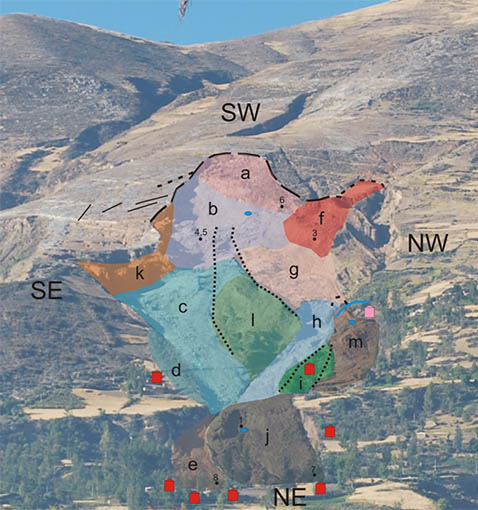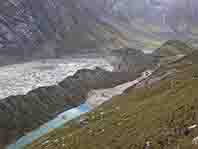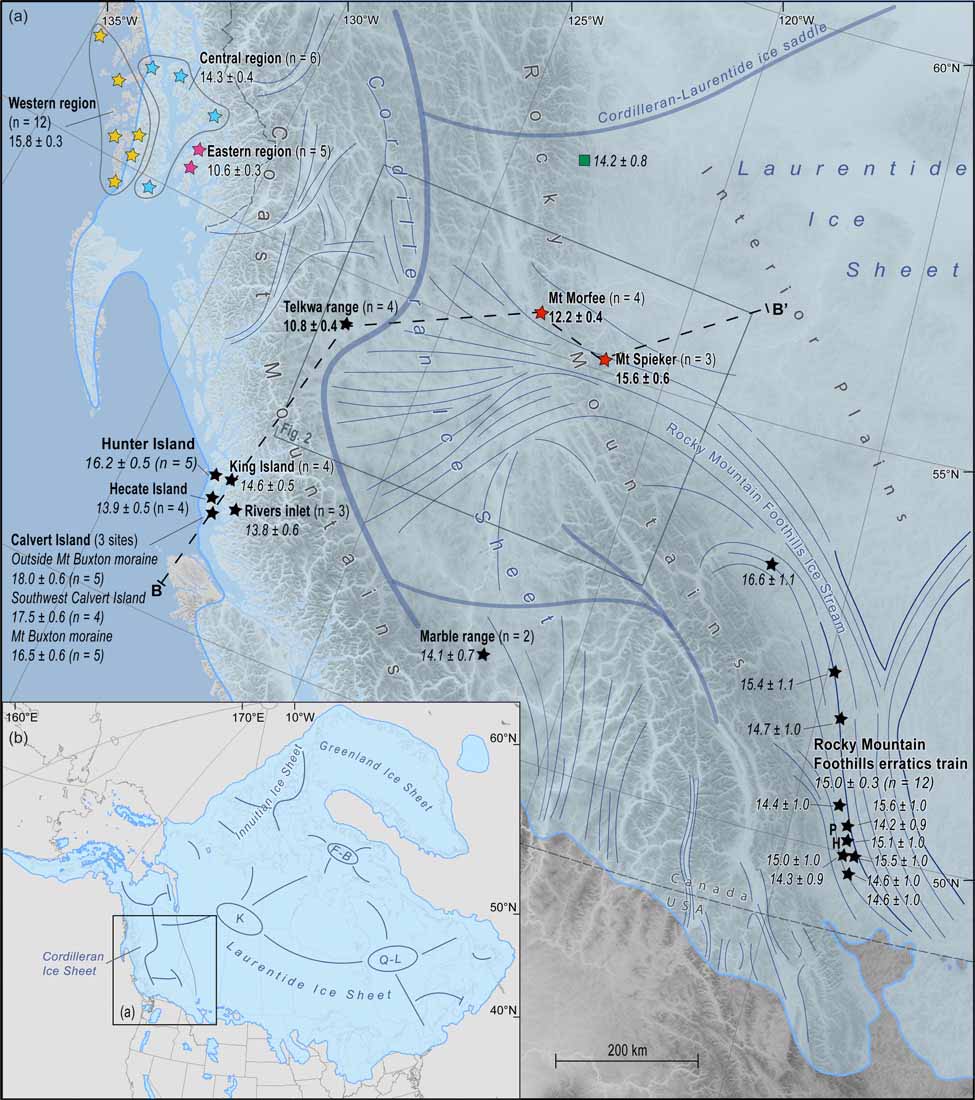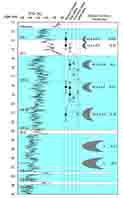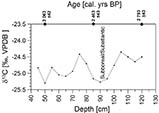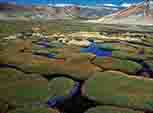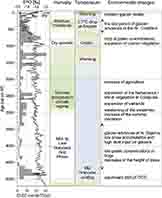Research topics:
Dynamics of morphostructural landform evolution
Recent dynamics of landform evolution is observed in Central Europe and in the High-Asian mountain ranges. Geodynamic measurements are interpreted in the framework of geomorphological evolution of selected parts of Bohemian Massif in the late Cenozoic. The dynamics of geomorphological processes and morphotectonic effects in fault zones are studied mainly in mountain regions of the High-Asia.Fluvial systems evolution and dynamics
Palaeogeographical evolution of the river network and fluvial terraces in Central Europe are studied in the context of the climate-morphogenetic and morphotectonic processes in the Quaternary. The spatial distribution of fluvial processes in the valley network is analysed in the context of anthropogenic influence. The research also focuses on landform changes in river beds and flood-plains.Periglacial landforms and processes in the Bohemian Massif
Relic periglacial landforms are widespread in the Bohemian Massif but their age and recent activity remains unknown. The last glacial maximum has been tentatively suggested as the period of the development for cryoplanation terraces, tors, frost riven cliffs and scars, block fields. Fossil patterned ground, large solifluction lobes and taluses probably originated during the Lateglacial and Early Holocene. However, the development of most of these landforms seems to be polycyclic.
Slope movements and geomorphological hazards
Prominent relief changes are connected with slope movements and natural hazards. These landform changes and processes are studied in the Bohemian Massif, Western Carpathiens, Tien-Shan and Peruvian Andes. Ongoing research focuses on glacial lake outburst floods in the Cordillera Blanca and Tien-Shan ranges.
Quaternary glaciations
The extent and chronology of local mountain glaciations in central Europe is still under debate as well as the glacial history of the Cordilleran Ice Sheet. The research aims to constrain the timing of these glaciations with numerical dating and to improve our understanding of palaeoclimate-glacier interactions.

